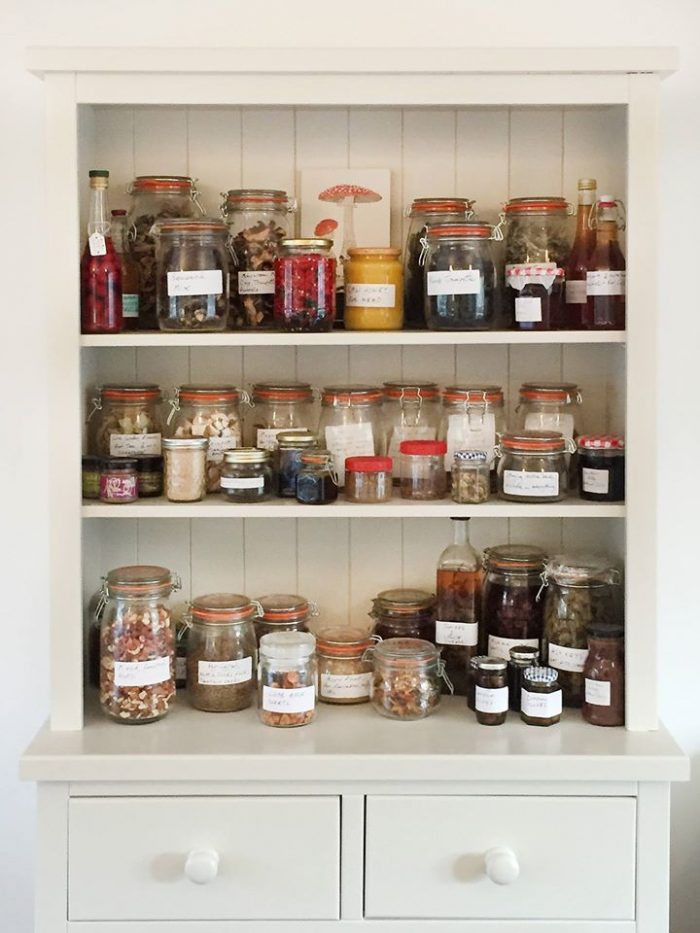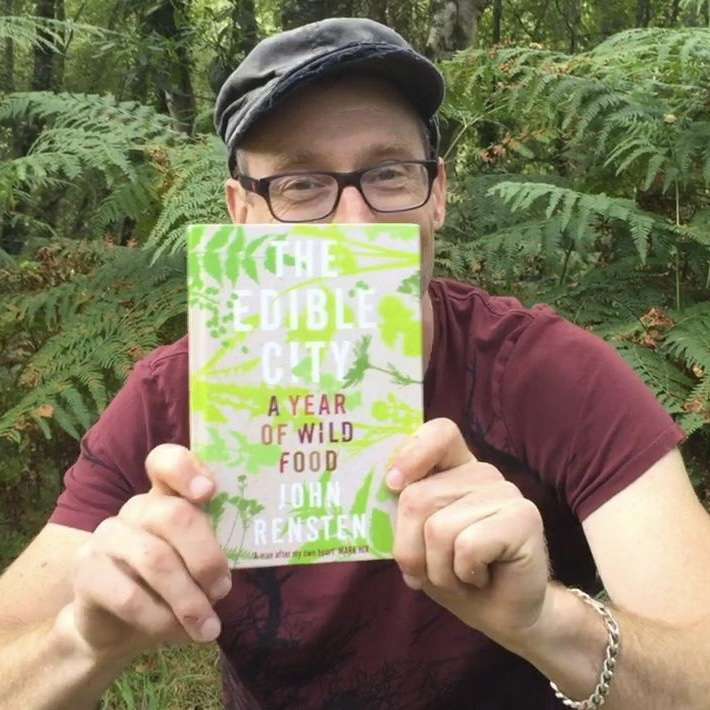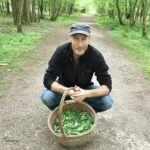Baker and food writer, Helen White, interviewed me for her own blog. We talked at length about the concept of forgotten exotic spices in the UK – our very own homegrown spice rack! More details of Helen’s writing and fantastic cookery here.

Helen begins…
The disconnect between humans and the environment outside our cities and how this affects our well-being (both physical and mental) has been written about a great deal. What has been noted less is what John terms, “our neglected native spice rack”. John got into foraging a few years ago. When I say got into, I don’t just mean he picked a few herbs and a bit of wild garlic on a walk-in, I mean that he became obsessed with the topic, set-up a company, wrote a widely acclaimed book and regularly runs courses in London and Dorset (where he now lives). With a few years under his belt having run a gastropub, it was the idea of cooking your own foraged food that sparked this interest and he now creates all sorts of lovely recipes, drinks and preserved fare from his bounty. I follow his foraging forays on Instagram and dropped him a line when he posted about a little known UK spice because I wondered what other spices we might have growing right under our de-skilled noses.
70% of the world’s consumed calories come from just 4 plants: rice, wheat, corn and potato. That basically means a chef’s job involves finding multiple ways of “regurgitating” the same 4 ingredients over and over again. For this we turn to other food groups and to herbs and spices. Hunter-gather man would have used up to 3 HUNDRED plants annually, consumed at their best or at their peak. In the UK today we cook with between 20-30 plants and spices in total (much, or rather most, of which are imported). Here we are, after thousands of years of evolution, with this relatively really rather tiny, narrow selection of extras and getting most of our carbs from 4 plants.
I find “lost skills” really interesting. So many things that used to be a part of daily life gradually stopped being passed down to the point where they now have to be relearned – like foraging, bread-making or brewing (even growing your own veg or keeping chickens, really); or they are the privilege of the more affluent in society when it comes to things like riding a horse, sailing a boat, or making wine. The reason… industry and progress and, of course, convenience and cost. Most of us don’t grow any food and wouldn’t know how to without acquiring the skills. Equally, time to devote to interest in where and how our food has been produced, has, for many, been bumped down the list of things that are of day to day importance. One of the lovely things about foraging is the connection to history. There are all sorts of plants that were used hundreds of years ago that are no longer used because we import most of our food; and, as a result, there are all sorts of old recipes that we no longer make (although, obviously, you could sub-in a “modern” equivalent in some cases). That being said, we are as disconnected from radishes grown in Kent as we are from chillies grown in India. Once we started existing in big urban environments we gave up responsibility for farming our own environments.
I really enjoyed chatting to John because a) this is a fascinating topic and he is incredibly knowledgeable (I could have kept asking him questions for ages); and b) John has the kind of dry sense of humour that chimes with me and I hope this comes across in this article (he’s a busy chap so I’ve picked out the highlights of our conversation). I can’t recommend one of his courses highly enough.
Before we get into the meat of it, however: the SAFETY NOTICE.
Whilst I wholeheartedly advocate that you engage with your environment, please do NOT go picking anything that you aren’t sure of. Many plants look very similar and it’s easy to mistake something for something else, and that something else might very well be poisonous. The following article is for interest only. Please do not go foraging for these plants unless you go with someone who knows their stuff. John has an important list of “don’ts” on his website. To precis the main points, however:
- Foraging is fun, yes, but do NOT put any plant, berry etc in your mouth to “try it”. This may not end well.
- If you are more experienced and do cook with something you have foraged, go sparingly in case you have an adverse reaction. On his website John talks about the importance of introducing ingredients gradually.
- Be mindful that everything you forage should be washed thoroughly. All sorts of animals run around our hedgerows and all sorts of animals carry all sorts of diseases, or rather leave things behind that do.
- It goes without saying that if you are pregnant you should be particularly mindful of what you consume.
If you would like to get more into foraging, please get in touch with John and book onto one of his courses. I’ve included a link at the end of this article.
Over to John…


